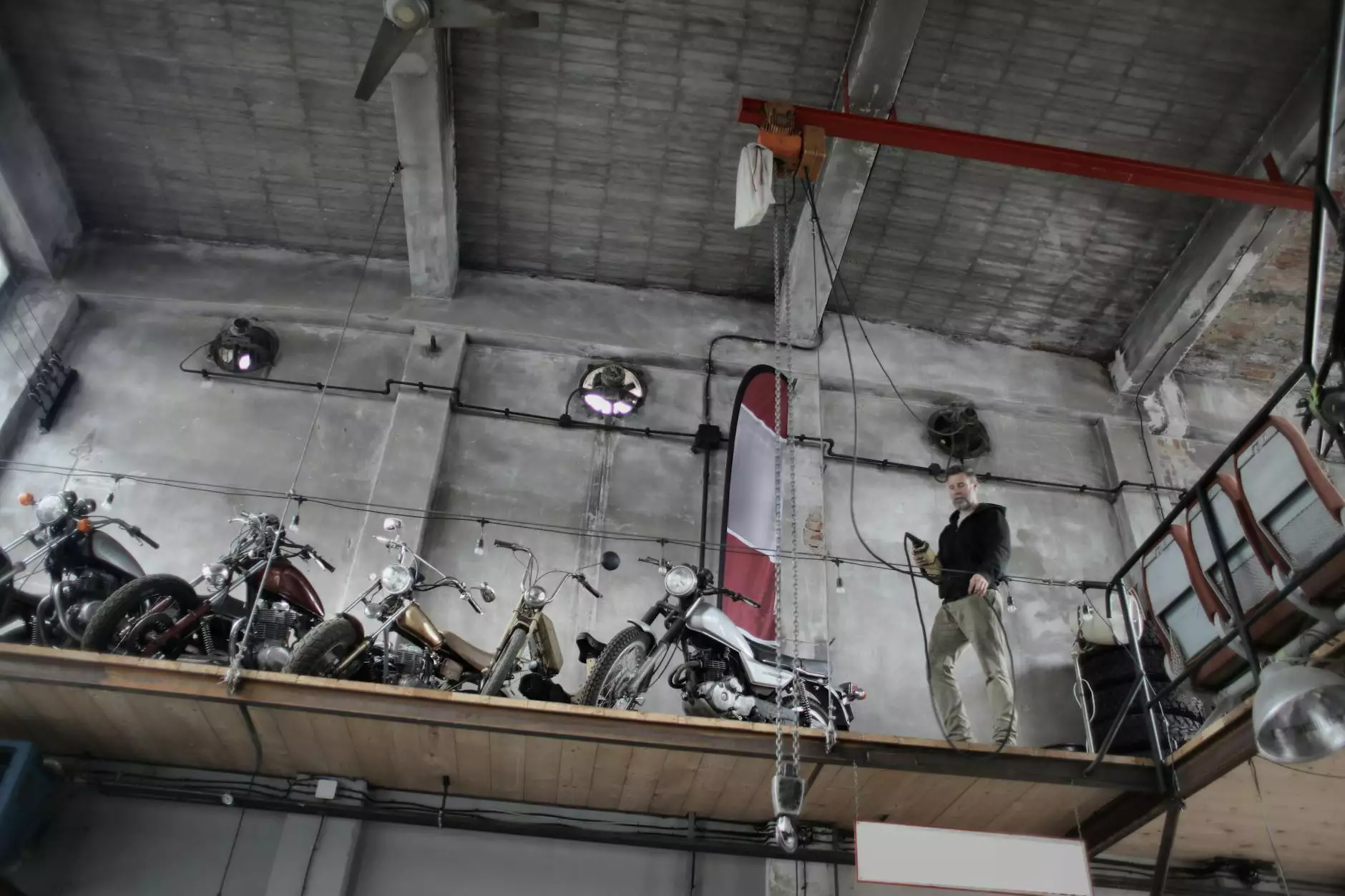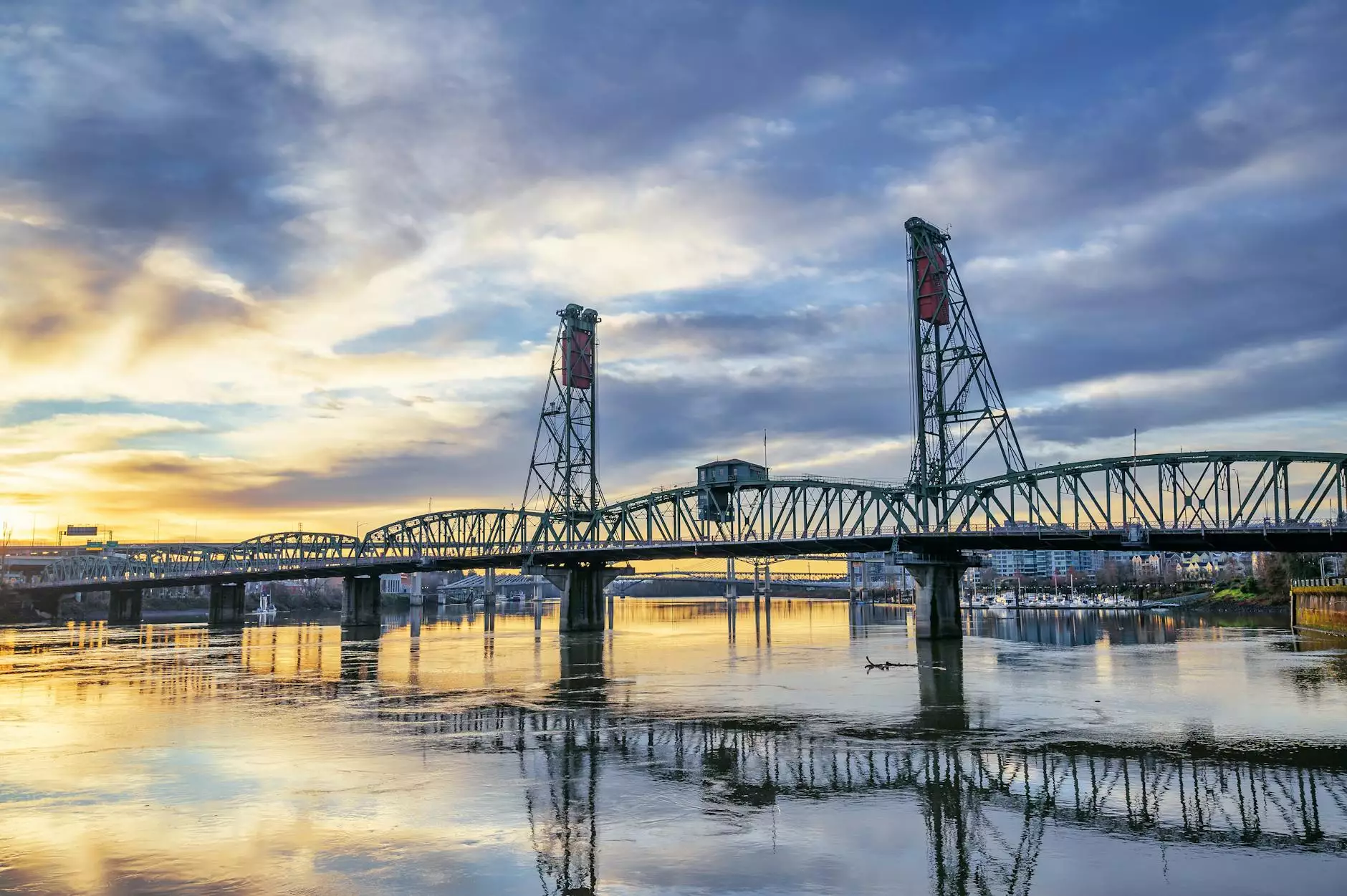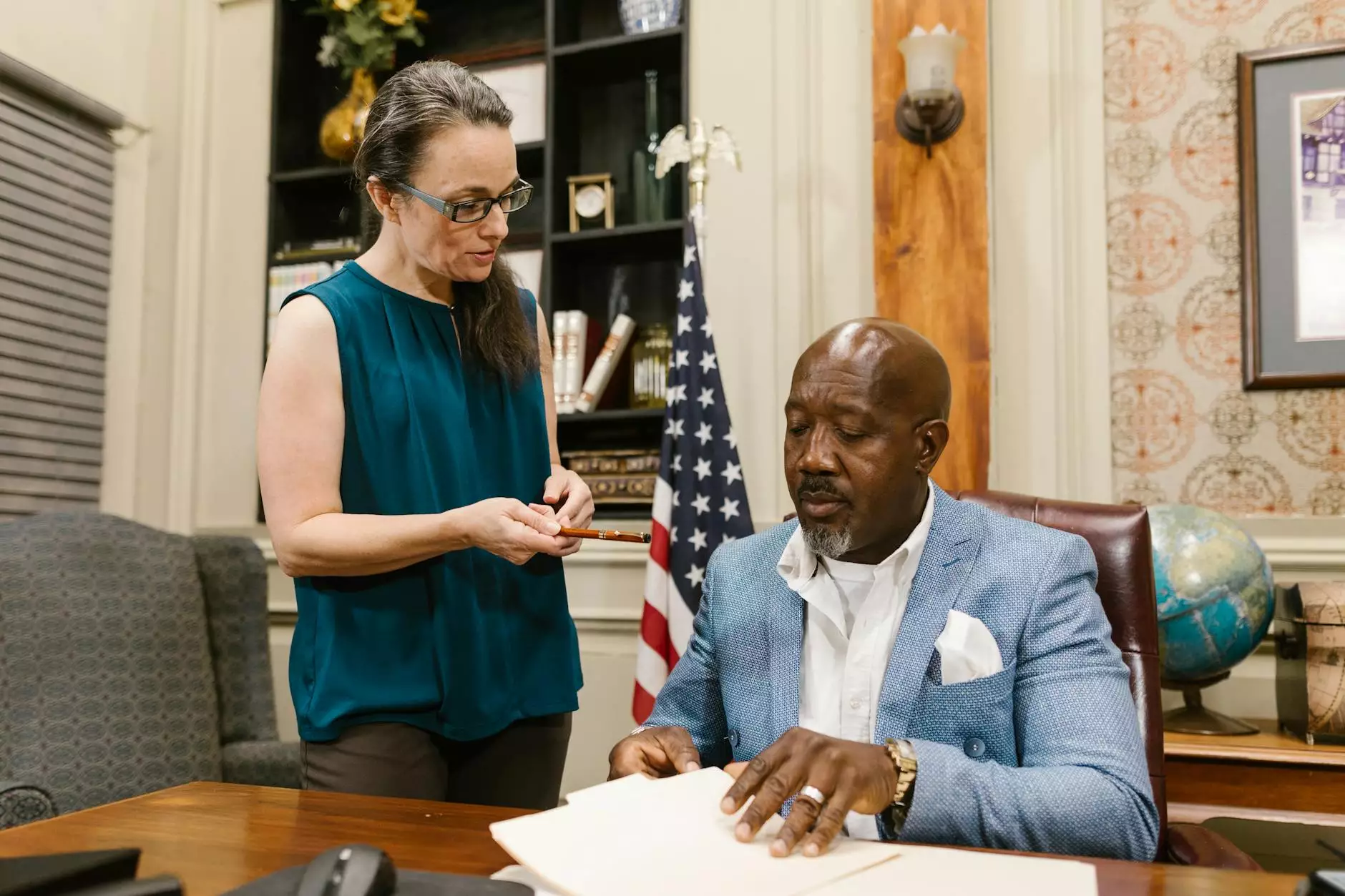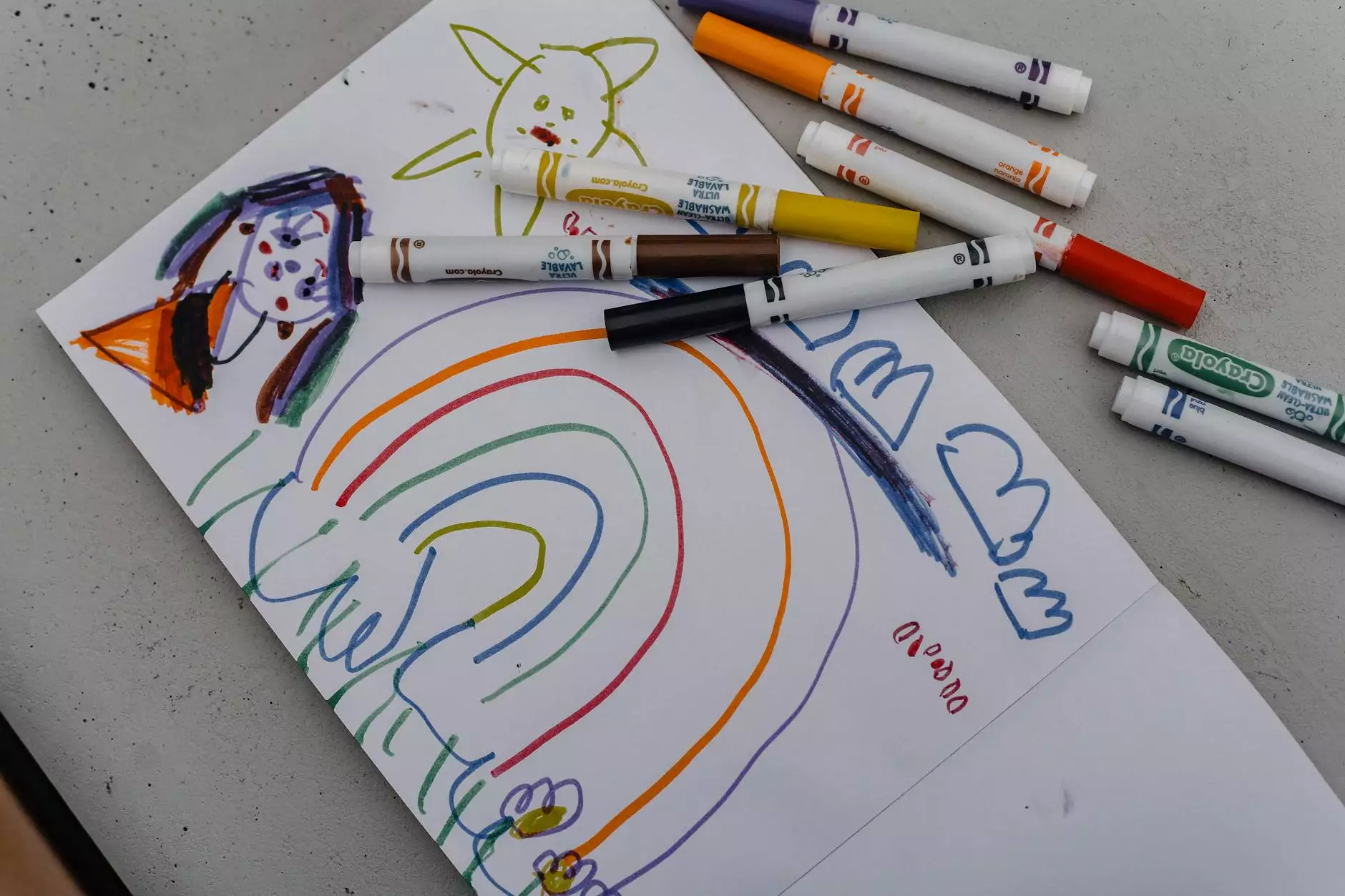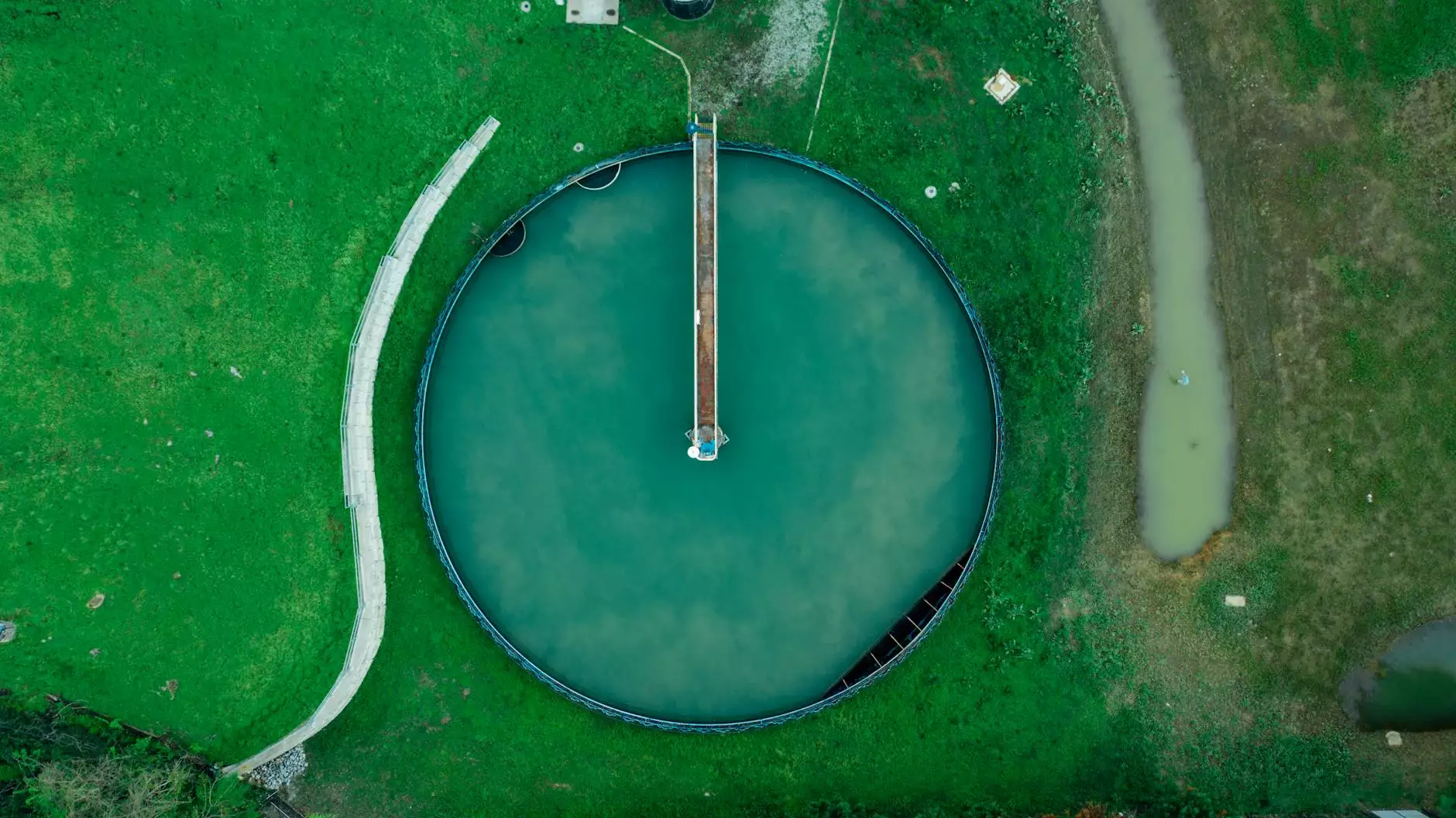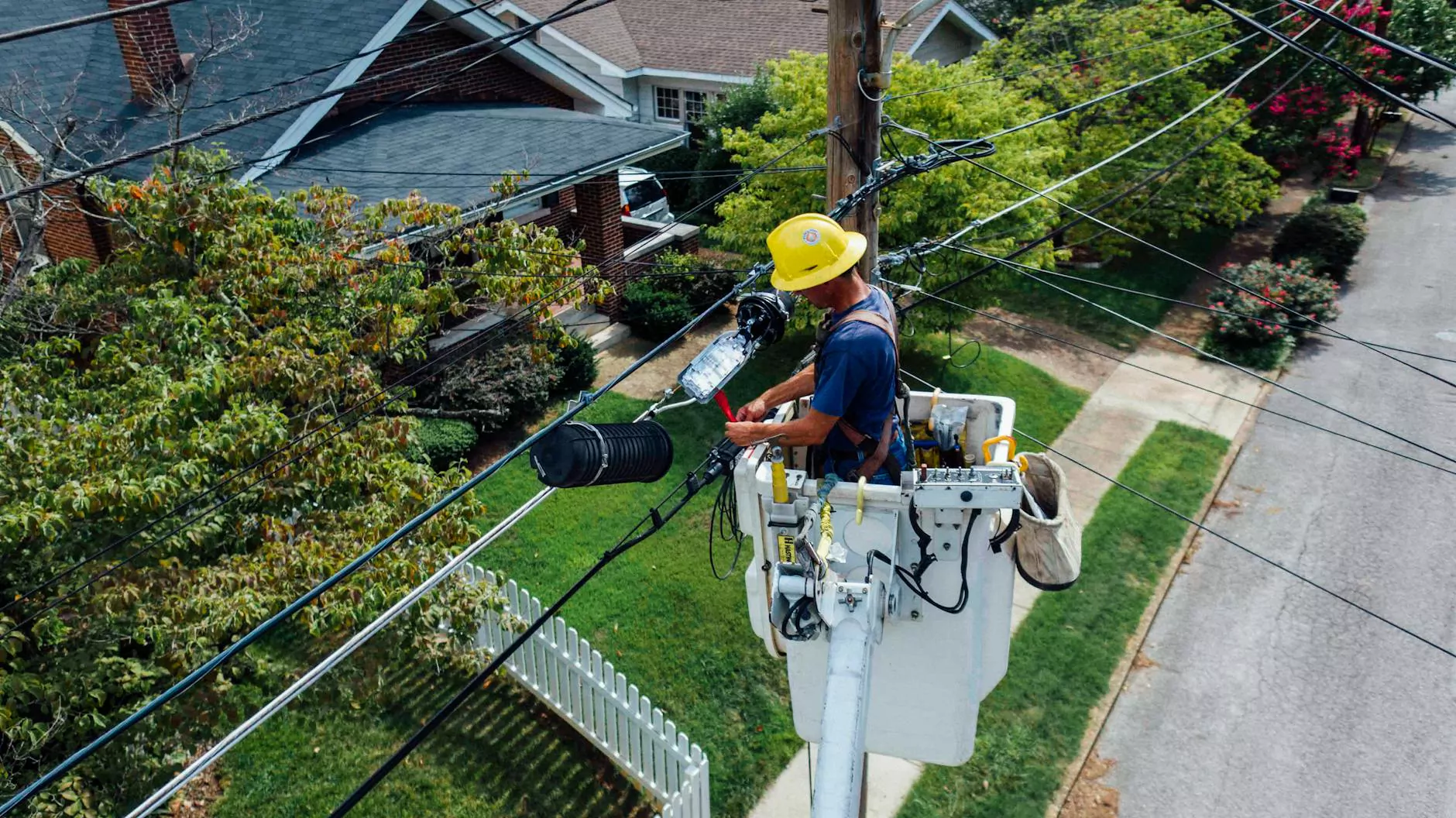Evaluation of Liner Materials for PCB Wastes
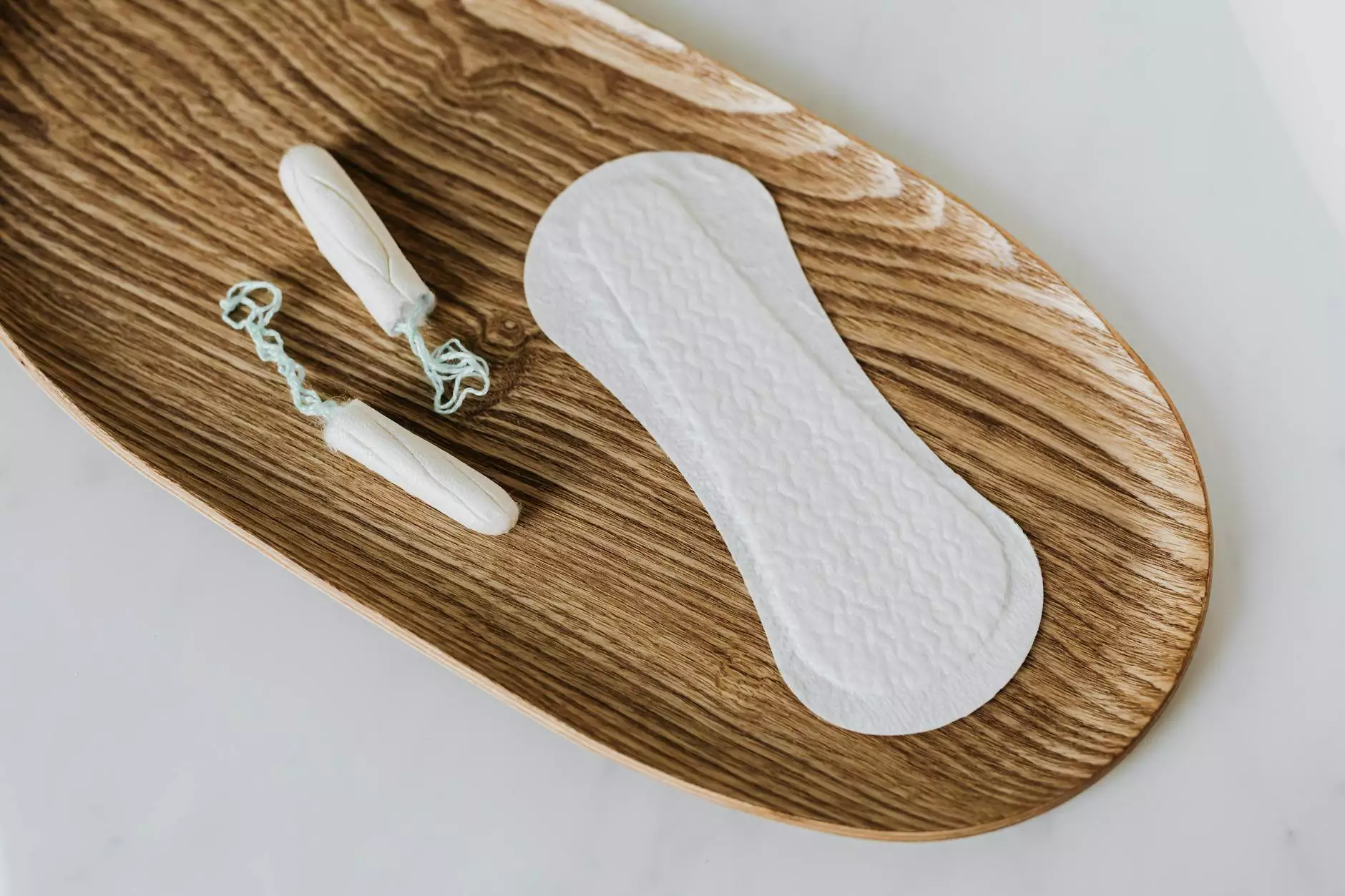
The Importance of Liner Materials in PCB Waste Management
When it comes to the management of polychlorinated biphenyl (PCB) wastes, choosing the right liner materials is crucial. Improper management of PCB wastes can have severe environmental and health consequences. Richardson Law Firm PC, a leader in environmental law, understands the importance of selecting appropriate liner materials to prevent contamination and ensure compliance with relevant regulations.
Understanding PCB Wastes
PCBs are toxic chemicals that were widely used in various industrial applications, such as electrical equipment and hydraulic systems, until they were banned in the late 1970s due to their harmful effects on human health and the environment. Unfortunately, improper disposal and management of PCB-containing materials have led to widespread contamination.
PCB wastes can be found in various forms, including electrical equipment, transformers, capacitors, and old building materials. If not managed effectively, these wastes can leach into the surrounding soil and water, posing serious risks to ecosystems and human health.
The Role of Liner Materials
Liner materials play a vital role in preventing the migration of PCBs from waste storage areas into the surrounding environment. They act as a barrier, preventing leachate from seeping into the soil and groundwater, reducing the potential for contamination.
Choosing the appropriate liner material involves considering factors such as chemical resistance, durability, and permeability. Different liner materials have varying levels of effectiveness in preventing PCB leaching. Some commonly used liner materials include:
- Polyvinyl Chloride (PVC) liners
- High-Density Polyethylene (HDPE) liners
- Clay liners
- Geosynthetic liners
PVC Liners
Polyvinyl Chloride (PVC) liners are widely used in PCB waste management due to their excellent chemical resistance properties. They can withstand harsh chemicals, including PCBs, and are less prone to degradation. PVC liners are available in various thicknesses, allowing for customization based on specific project requirements.
HDPE Liners
High-Density Polyethylene (HDPE) liners offer another effective option for PCB waste containment. HDPE liners are resistant to chemicals, punctures, and UV radiation, making them appropriate for long-term storage of PCB wastes. They are also highly durable, ensuring the integrity of the liner system over time.
Clay Liners
Clay liners have been used for many years in waste management facilities. They provide a natural barrier against leachate movement and can effectively limit the migration of PCBs from waste storage areas. However, clay liners may require additional engineering measures to enhance their effectiveness, such as compaction and slope stabilization.
Geosynthetic Liners
Geosynthetic liners comprise a combination of geotextiles and geomembranes. These liners offer good chemical resistance and are highly adaptable to different site conditions. Geosynthetic liners can reduce construction time and cost, making them a popular choice in PCB waste management.
Consult Richardson Law Firm PC for Expert Guidance
Choosing the right liner material is crucial in preventing environmental contamination and ensuring compliance with regulations regarding PCB waste management. Richardson Law Firm PC, with its extensive experience in environmental law, can provide expert guidance and legal support to help you navigate the complexities of PCB waste management.
Our team of dedicated attorneys understands the regulatory landscape surrounding PCBs and can assist you in selecting the most appropriate liner materials for your specific project. We are committed to helping clients achieve sustainable waste management practices and mitigate potential risks associated with PCBs.
Contact Richardson Law Firm PC today to discuss your PCB waste management needs and benefit from our unrivaled expertise in environmental law.

